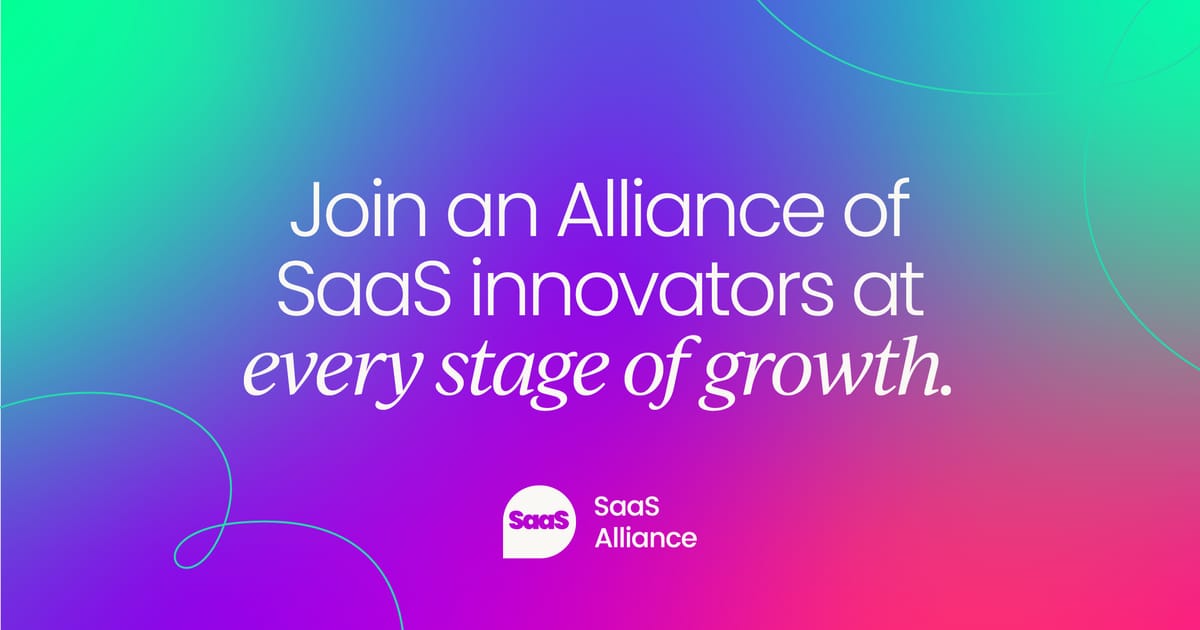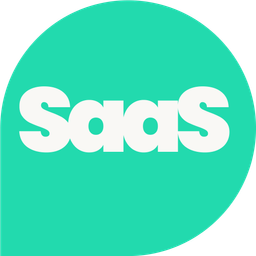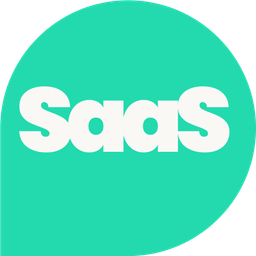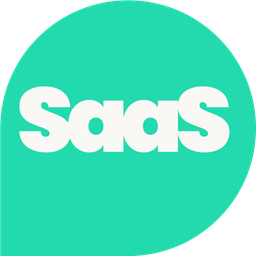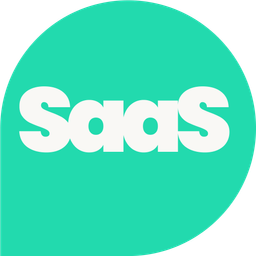Revenue recognition is a key concept in SaaS, and it’s essential that your organization has a solid understanding of what revenue recognition means in a SaaS accounting context in order to avoid complications later down the road.
In simple terms, revenue recognition refers to the process of recording revenue in a SaaS business model. As we know, SaaS is subscription-based, meaning that revenue should be recorded only once it’s been earned through the fulfillment of the service, not immediately when payment has been received.
Not only is this best practice in order to maintain a healthy understanding of your business’s economic standing, but it’s also a legal requirement under the United States’ Generally Accepted Accounting Principles (GAAP) rules on how to record revenue.
What is revenue recognition?
SaaS revenue recognition is the process of recording revenue for a SaaS organization, in adherence to the specific conditions outlined by GAAP.
Your organization should only record revenue once certain criteria have been met, namely that the revenue has been earned through an action (such as providing a service).
Think of it like this: if you sell an annual subscription for $120, you can’t record all $120 at once, as you haven’t actually earned that revenue through the delivery of the service over the course of the entire year.
Instead, the $120 figure is marked as deferred revenue, and it becomes earned, recognized revenue in $10 increments each passing month - as long as you provide the service month after month until the annual subscription has been honored.
Simply put, you can’t officially recognize revenue (even if it’s been paid into your account), until you’ve actually fulfilled the paid-for product or service.
This is pivotal, because there are several circumstances in which that deferred revenue might not become recognized, including:
- The customer cancels their plan after let’s say 6 months. Going back to our simple example, that means your truly earned revenue is only $60 as in some cases, the other $60 may need to be refunded.
- Your company is unable to perform the contracted service or deliver the contracted product. In this case, the customer paid $120 for a year’s service. If you become unable to provide that service after say 6 months, you’d have an obligation to refund the remaining $60 to the customer.
As you can see, revenue recognition is an important component of SaaS accounting, and getting it wrong can not only cause budget and planning problems, but land your business in legal jeopardy as well.

Important revenue recognition terms
SaaS subscription models
Revenue recognition is particularly important in SaaS, which is dominated by subscription models. These models involve selling software on a monthly or annual subscription basis, and the service is provided continuously over the course of the contract period.
This means that SaaS organizations receive up-front payment for services they haven’t actually delivered at the time of payment. As a result, there are accounting standards that must be followed in order to properly account for earned and unearned revenue.
Deferred revenue
Deferred revenue is a liability on the balance sheet. When a customer pays up-front for a service such as an annual plan, the revenue must be recorded as deferred until the point at which the promised service has been delivered.
Simply put, revenue must remain deferred until the service is provided for that period.
Recognized revenue
Revenue becomes recognized (rather than deferred) in increments, as the service is delivered on a daily, weekly, or monthly basis.
Back to our simple $120 annual subscription example, the revenue can become recognized $10 at a time, month after month, as long as the customer continues to receive the service they paid for as each month passes by.
For a monthly subscription, it works similarly. Revenue will typically be recognized at the end of each month, once the service for that month has been delivered.
IFRS 15 and ASC 606
IFRS 15 stands for International Financial Reporting Standard 15, and was introduced by the International Accounting Standards Board to provide a comprehensive revenue recognition model for all contracts with customers to improve comparability within industries, internationally.
ASC 606 stands for Accounting Standards Codification 606, and acts as a set of accounting rules that governs how companies recognize revenue from contracts with customers. ASC 606 provides a standardized framework for revenue recognition across industries.
Both frameworks act as standards which outline how revenue should be recognized irrespective of industry, and you’ll see them mentioned frequently whenever revenue recognition comes into play.

Five-step framework for revenue recognition
The Financial Accounting Standards Board (FASB) and IFRS joined hands to establish the aforementioned ASC 606 Revenue from Contracts with Customers revenue recognition standard.
ASC 606 defines a flexible, robust framework that encompasses the revenue recognition principles across industries. This cleared up the clouds of confusion that loomed over SaaS accounting due to inconsistent and unclear practices.
This model for revenue recognition is as follow:
Identify the contract with a customer
This first step outlines the criteria that need to be met when you establish a verbal or written, mutually agreed upon contract with a customer.
Identify the performance obligations in the contract
The following step outlines what service you’re obligated to provide as a result of the contract. In SaaS, this will usually be the continuous delivery of software over the course of the contract period.
Determine the transaction price
This third step outlines the payment you should expect to receive in exchange for providing the services listed in the previous step, regardless of whether they are subscription payments, usage-based fees, or one-off fees such as installation fees.
Allocate the transaction price
The fourth step outlines how the transaction price above is allocated based on all the performance obligations included in the contract. This is based on the standalone selling prices for each performance obligation, and simply put is what the customer agrees to pay.
Recognize revenue as the performance obligation is satisfied
Revenue can be recognized once the performance obligations outlined above have been met. In SaaS, this will usually be the delivery of the software on a daily, weekly, or monthly basis. As long as you continue to provide the service outlined in the contract, you can continue to recognize the revenue.
Key considerations for revenue recognition
Now that you understand SaaS revenue recognition, and have a US and international-standard framework to work from, here are some additional considerations to keep in mind when it comes to revenue recognition.
How to recognize revenue
There’s no one way to recognize revenue, though companies usually employ one of the following:
- Percentage of completion
- Upon completion of contract
- Sales-based
Make sure to take into account your organization’s unique needs and circumstances to avoid problems down the line.

Challenges with revenue recognition
SaaS is a complex industry, and therefore as a result there are additional complexities that need to be taken into account when considering revenue recognition in SaaS.
This includes:
- Accounting for cancellations and refunds, and how that affects revenue outlook
- Recognizing revenue for free trials, cross-sells, and up-sells, and how that may modify a contract
- Considering up-front or additional costs like installation fees, consulting fees, etc. in conjunction with ongoing, performance-related deferred revenue
- Ensuring total compliance with FASB and IASB standards like ASC 606
In conclusion
Revenue recognition is a critical concept in SaaS because it affects every aspect of your organization’s financial health, income, balance sheet, and adherence to standards and regulations.
Ultimately, the core concept at the heart of SaaS revenue recognition is that revenue is deferred and therefore a liability, until the service has actually been provided by your company.
Keep this in mind to stay ahead of the complex challenges SaaS-based revenue management can bring to the table.
Fancy access to a bunch of tried and tested templates and frameworks?
Our comprehensive library includes customizable tools from churn strategies to pricing guides, onboarding checklists, and feature updates.
Sign up for our membership and get access today!
